How wonderful it is to watch your furry four-legged friend running through nature. Nothing allows the dog to trot more freely and sniff through the greenery. The mistress has to smile blissfully.
Assuming she has the certainty that Wuffi will reliably come back to her! Whether it's a child, a bicycle, a jogger, another dog or a rabbit - the callback is correct, immediately.
It works perfectly for us, thanks to the double callback. What is the double callback? Why does it work more reliably in most cases than the classic recall and how can you train it?
This article summarizes many training tips for you and explains the exercise processes. If you have a problem training, it is advisable to ask your trainer and book a personal training session.

What is the double callback?
With double recall, as the name suggests, your dog has two signals to be called back. The first command is a reorientation signal and the second is the recall signal.
For me, the recall signal is given constantly so that there is less distraction, more on this later.
Why is double callback safer than single callback?
The problem why the dog doesn't come is that his attention is elsewhere. He cannot focus on you or your recall signal.
That's why the double callback is structured differently. First you give a signal for reorientation. This means that with the signal, your four-legged friend turns away from the distraction and towards you. At this moment you give the recall signal. This shows your dog an alternative to his previous focus and behavior.
In addition, you constantly pass on the recall signal so as not to lose your dog's attention. This means you give a whistle in quick succession. Or say a word until your dog sits in front of you.
The double callback therefore does not consist of a single signal, but of two consecutive signals. These respond better to your dog's attention spectrum than the classic recall.

What do you need for the callback?
I recommend training recall with a whistle. Your dog will understand it over very long distances. Dog whistles are also small and practical to put in your pocket.
Only you train your dog with exactly this tone and frequency. This can be a big advantage if there are a lot of people in your area who use dog whistles. Your dog can quickly differentiate which whistle is intended for him.
When your dog sits in front of you, you have to reward him strongly. Great treats, liver sausage, sausages or a great toy are suitable for this. Be creative here and try out what motivates your dog perfectly.

Our history
My very first dog Rehli is now over a year old and is an Irish wolfhound. She accompanies me to the practice every day and is with me almost everywhere in everyday life.
With such a large dog, it was clear to me that free running shouldn't be a problem. How could I use my darling differently?
When I finally had the Rehli, a lot more became clear to me.
For me, big dogs were the greatest. As a huge dog fan, my motto was: “The more dogs, the better!” When Rehli moved in, I had to realize that I was on my own. The majority of people were already completely overwhelmed by the size of their puppies.
Many people and their dogs were initially afraid of us, and even more so now. If this supposed giant beast doesn't listen or ignores the call back, there will be an outcry, whether justified or not.
Why is the double callback important to us?
How great that my dog's favorite hobby is greeting people, dogs and children happily! I know that my little deer is galloping towards you in a friendly manner. Apart from me, very few people realize this.
A nervously waving “She’s not doing anything, she’s just saying hello!” doesn’t calm a nervous mother with a small child. I was told. I confess to you: my biggest goal is not to make myself unpopular.
In order to avoid further embarrassing events, a safe recall tactic was needed. Luckily we are in a competent dog school and learned about the double recall there. With this we are now able to achieve the supreme discipline: recall from play, away from other dogs. Believe me, we had to practice for a long time to achieve this goal.

How do you train double recall?
What do you need for training?
You need super great rewards, preferably several. Some trainers talk about a “jackpot.” In this case, try to be creative. You know your dog best and know what he leaves behind for everything. For Rehli it's her favorite training sausage, cold-pressed dog food, rolling apples, her dummy or search games. You can easily play search games with the great dog treats.
Don't just try to identify what your dog likes. Watch exactly when your Wuffi likes what and why. You can adjust the reward to the distraction later in the training. This will keep you exciting and unpredictable at all times.

A few examples of using the double callback
Rehli is running around with other dogs and I have to call her off because a car is approaching. I retrieve it and choose a reward of the same quality for myself. Either a fast flying super treat followed by other flying treats or a wriggling dummy that she can tug with.
Rehli sniffs around in a forest bush. A cyclist approaches and I call them off. Here I let them sniff out great treats from me or I hide the stuffed dummy as a reward.
Rehli races after a cat and I call her off. As a reward, an apple rolls quickly across the ground so she can run after it.
Now it becomes clear: No matter what is exciting for your dog. With you it has to be the most amazing and exciting. Think like your darling and try to guess what is interesting to your loved one at the moment. Reward your dog accordingly.

What do you need for training?
To set up the signal you need a whistle with which you can make two different whistles. For me it's a curved whistle to reorient myself. I give the recall command with several short, crisp whistles.
Alternatively, you can choose one word to reorient and another word to recall. Please be sure to choose words that you do not use in everyday life or have used in the past.
Find a place where you can practice without distractions and have fun training your dog. In every situation, think about what you want your shaggy friend to do for you.
First steps to the perfect callback
Reorientation of attention
Prerequisites for reorientation
- you are in a distraction-free environment
- your four-legged friend knows the command down
- your dog is attentive
Start of training
You throw a treat and your dog will grab it and look up hoping another one will fly. Just before he looks up, you give the signal or blow the whistle for the reorientation. As soon as your Wuffi looks up, mark and throw the new treat.
You do this every now and then throughout the day. Approximately ten times per mini training session. You can practice this at home or in calm situations on the go.
At the beginning, make sure that your dog definitely manages to draw his attention to you. It is better to practice a hundred times too easy than five times too hard.
Check whether the reorientation whistle has been established: Your dog looks up without a treat or is distracted from what he is doing as soon as you give the whistle. Once that happens you can reward variably and slowly increase the difficulty.

Choose the perfect reward for training
For the perfect reward, think about what your dog is in the mood for and give the reorientation signal in an easy situation.
Example of sniffing in an uninteresting place: Your dog looks up or turns away from the interesting place. Mark this behavior and reward your dog.
As a reward, you could throw a treat, swing a dummy, or hide a toy. Your dog might find it interesting to chase an object that rolls across the floor.
As always in dog training, work from easy to hard. Easy situations and distraction-free environments at first. After a while, slowly increase to more difficult ones if it works consistently in the simple situations.
Please don't make the mistake of applying the signal too quickly in complex situations. It works on an empty green meadow? This does not mean that the recall will work if your dog runs towards another four-legged friend. Your darling can't do that and you'll destroy this great recall signal, which can be used in a variety of ways.

Constant recall
Requirements for the first training steps
- you are in a distraction-free environment
- your dog knows the command down
- your dog is attentive
Start of training
If you are not sure that your dog will come, put him on a leash. In an emergency you could help. You have something in your hand that your four-legged friend really likes. Swing it, run away with it and make the object interesting. If you see your dog jump on it and run to you, give your signal.
For example: "Go Go Go Go Go", "hop hop hop hop hop hop" or "whistle whistle whistle whistle whistle". You really celebrate him when he is on his way to you. As soon as your dog is with you, mark it and throw the thing you want behind you, give it to him or tug him.
Practice this process, practice, practice and practice again. The recall must be really fun for your dog. He has to think to himself: “The greatest thing ever is happening right now”. In other words, slowly increase the level of difficulty of the situation here too.
Both in combination
If both work well, with and without distraction, you can set the signals one after the other.
For me, the double recall works like this: The curved “whistle” is my reorientation signal. Then I mark. I use “whistle whistle whistle whistle” for the constant recall. If I forget my whistle: “Watch” our marker afterwards and “go go go go go gooooooooo” for constant recall.
You know your dog best and can estimate when it will be too much for you. What is important is a slow and constant increase in difficulty without overwhelming your darling. Increase the exercises until you can consistently do it in very difficult situations.

Increase practice situations slowly
It is so important to adapt the situation to your dog, which is why I emphasize it again here. Practice in small steps. Choose situations in which your Wuffi will be successful. Only increase the exercises when the easier situations work consistently and perfectly.
Don't constantly shout the signals back and forth until they've been properly trained. You are ruining your valuable work. In the beginning, only practice with the signals when you have a jackpot available.
Later, in absolute emergency situations, the call can be made without reward. In general, your dog needs to know that something great will happen when he runs to you. No matter what happens under his nose.
The double callback is fun
No matter where you start practicing and how desperate you are about your recall: believe in yourself and your dog. Structure the exercises so that you have trust in your dog. It's better to leave the towing line on longer to help if necessary. Stay alert so that if in doubt you see the distraction before your four-legged friend notices it. This way you could reorient yourself before things get too interesting.
And never forget the fun of practicing. Cheer yourself and your four-legged friend on when they come. Enjoy his wiggly ears or his bouncing fur as he races towards you and cheer as much as he can! This strengthens the bond and also releases endorphins.
If you do everything patiently and consistently, you will soon be able to relax and watch your furry four-legged friend running through nature.
Smile happily because you are certain that Wuffi will definitely come back! No matter other dogs, children, bicycles, joggers or a rabbit. Your dog will happily come to you in any situation.

Marker word or clicker for recall training
I work with Markerword and can recommend it to everyone!
Markers are stored positively by the dog and are an additional motivation. You can reward exactly the right moment, even from a distance. A marker word is constructed in the same way as a clicker.
Of course, all exercises can be carried out without markers (with words or clickers). You can leave out the marker word and let the positive reaction follow the desired behavior.
Have fun training and trying out the double recall!

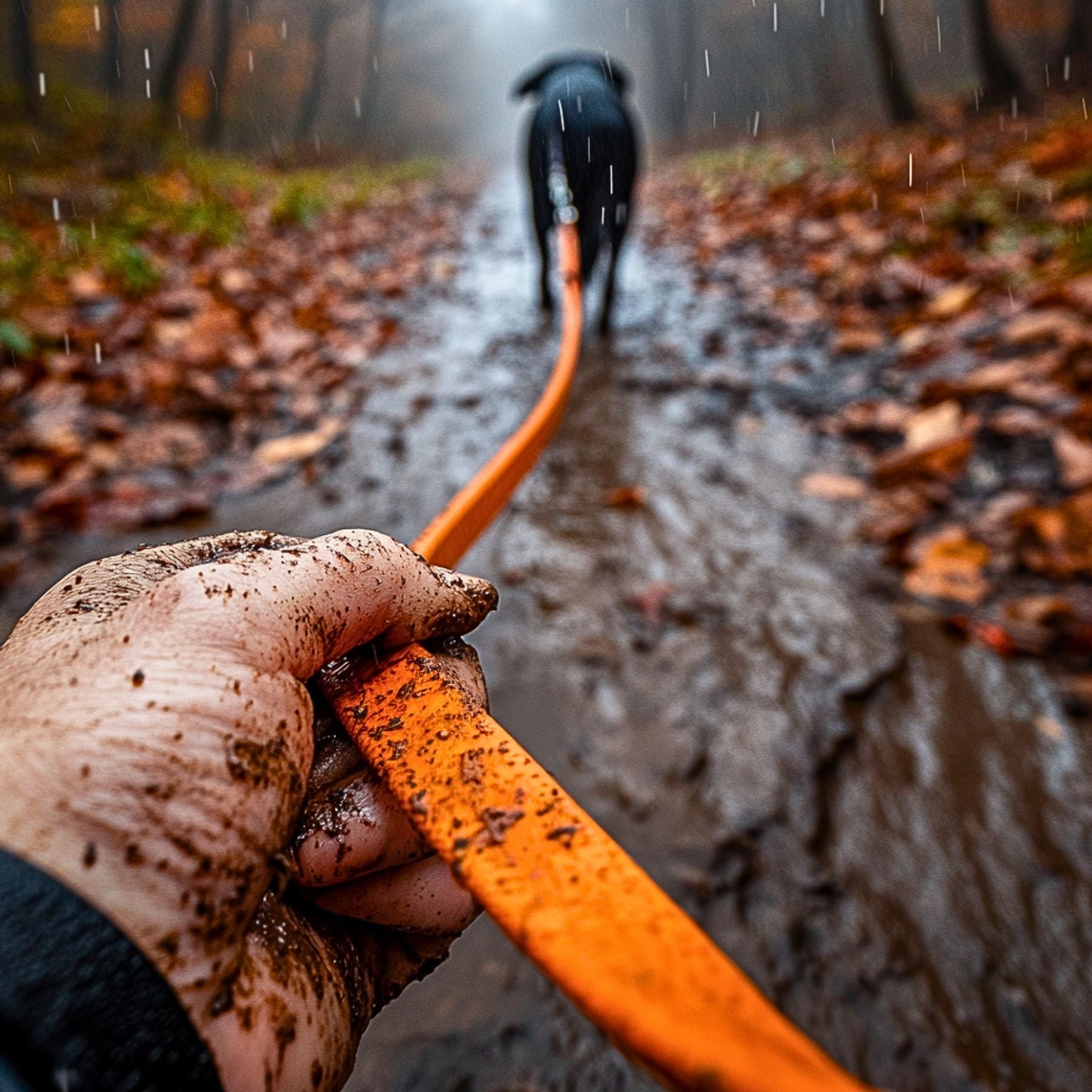
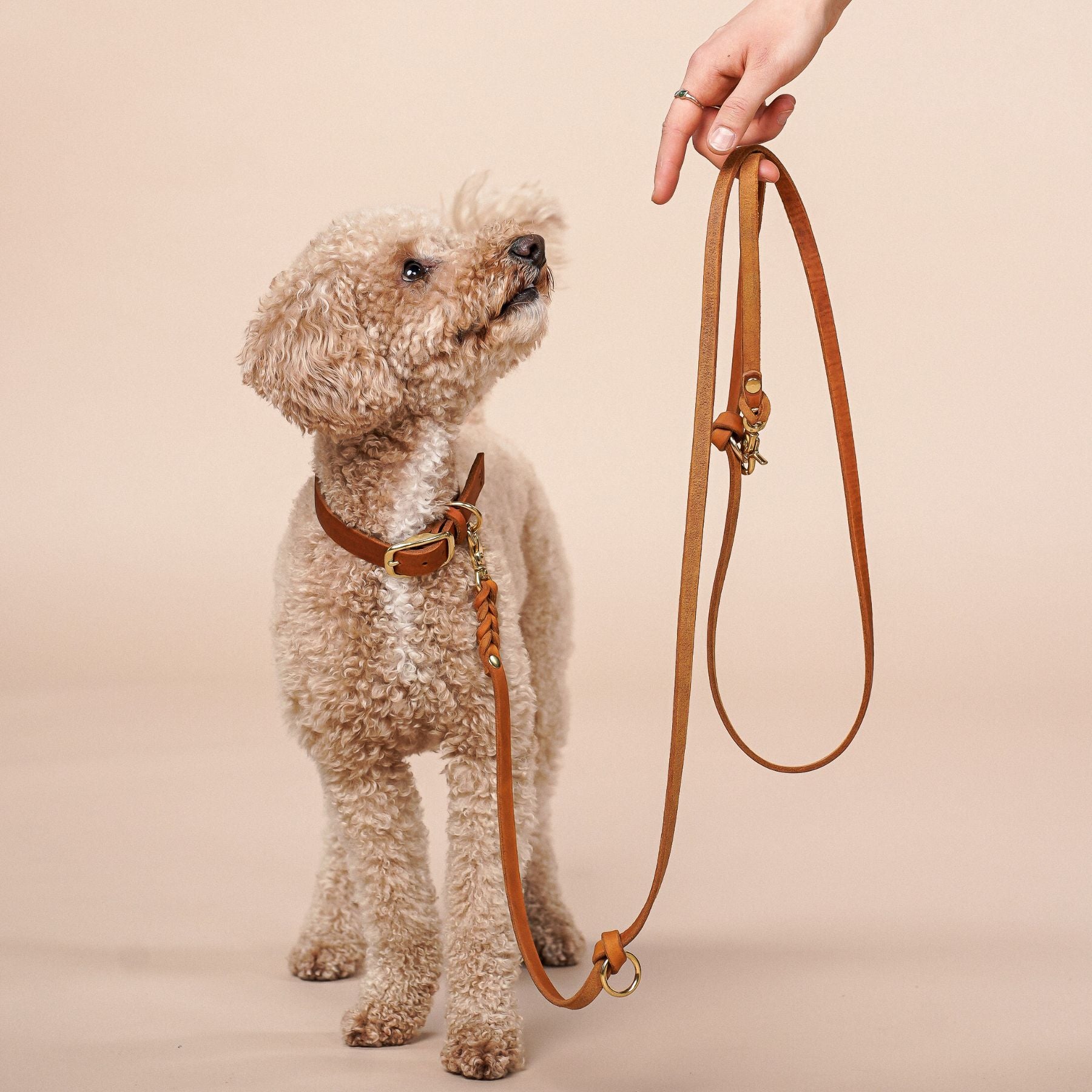
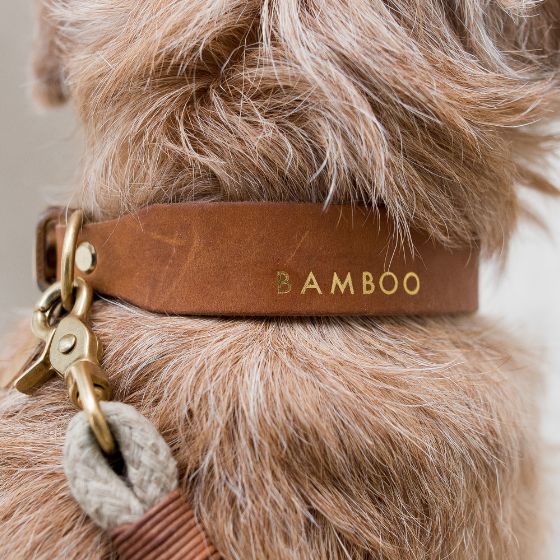
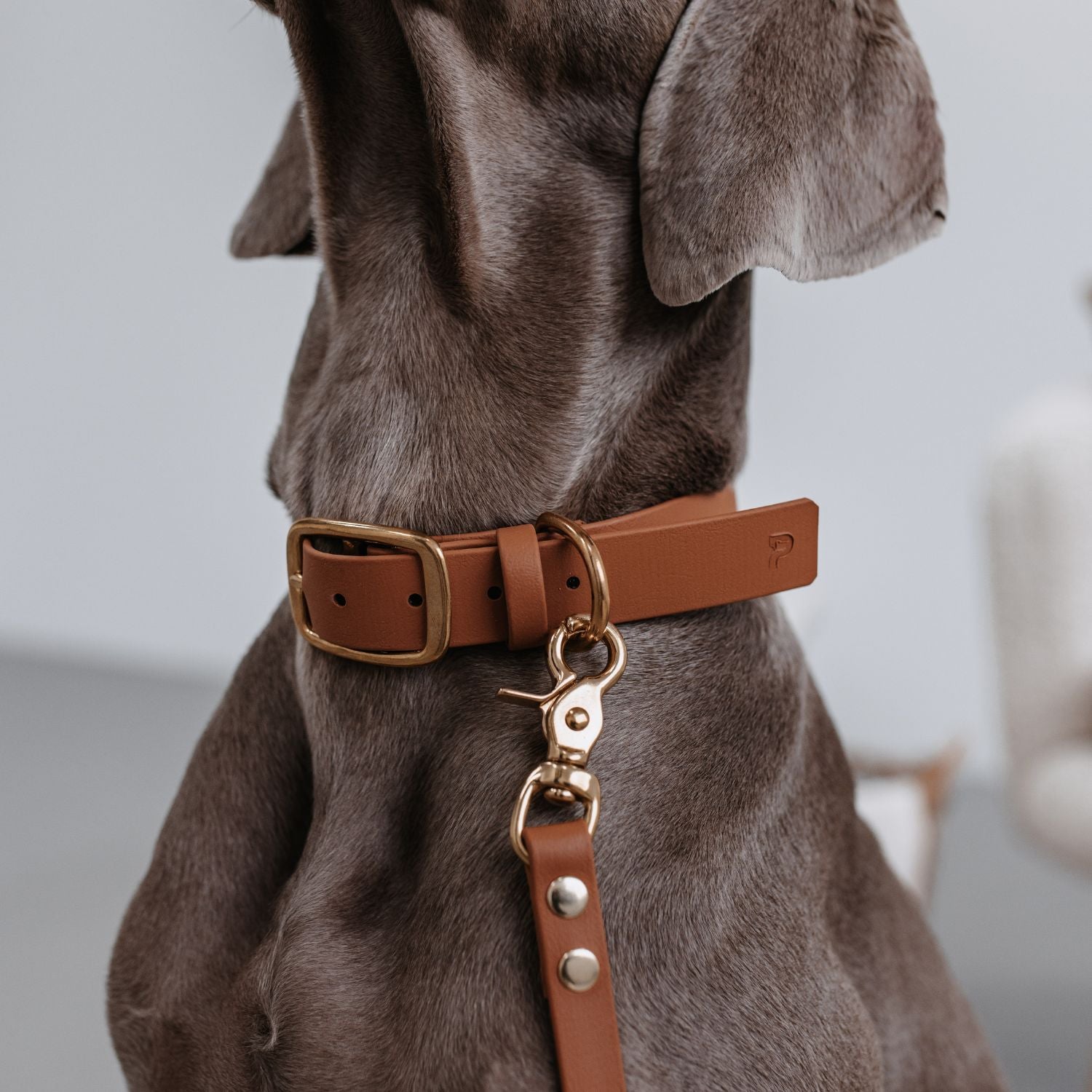
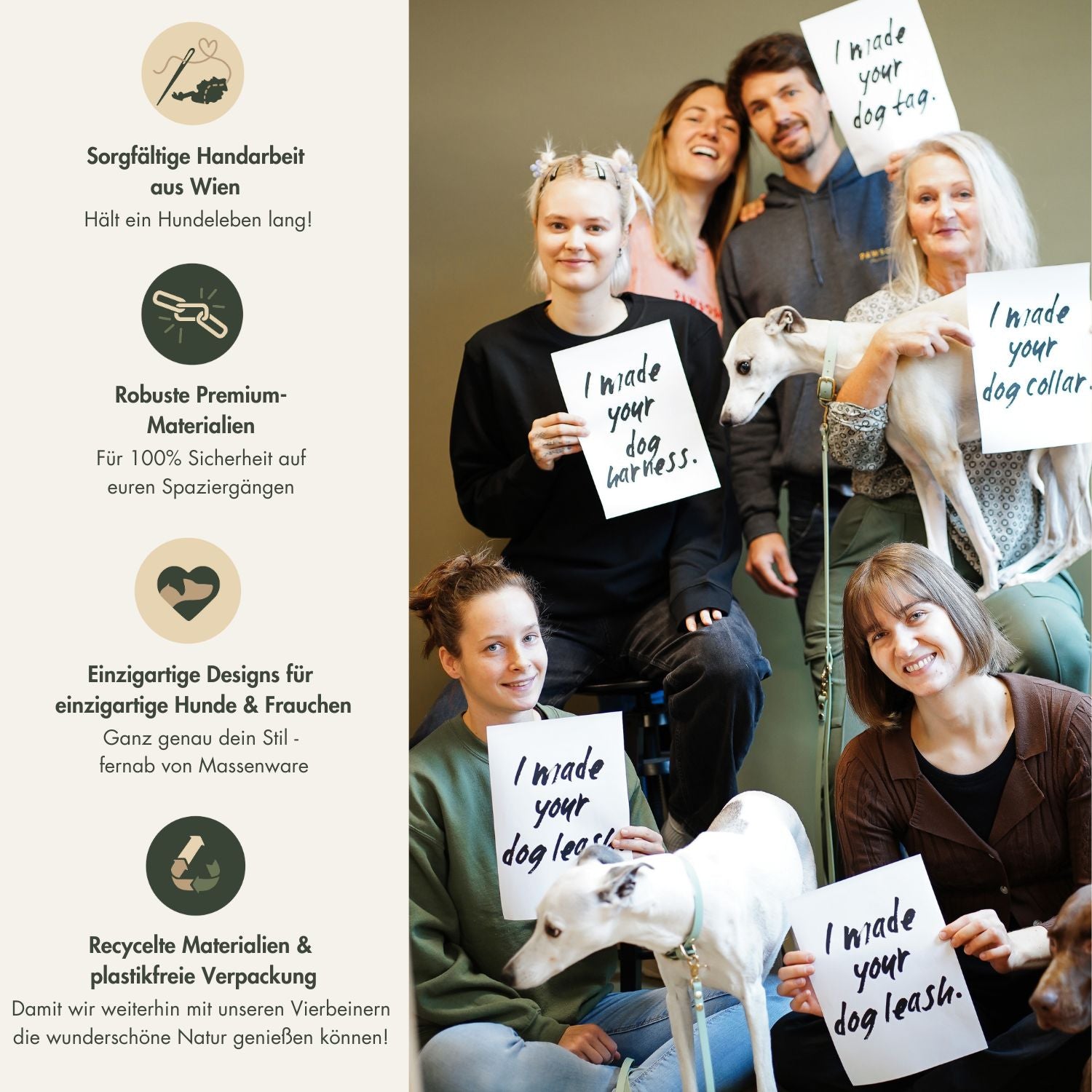
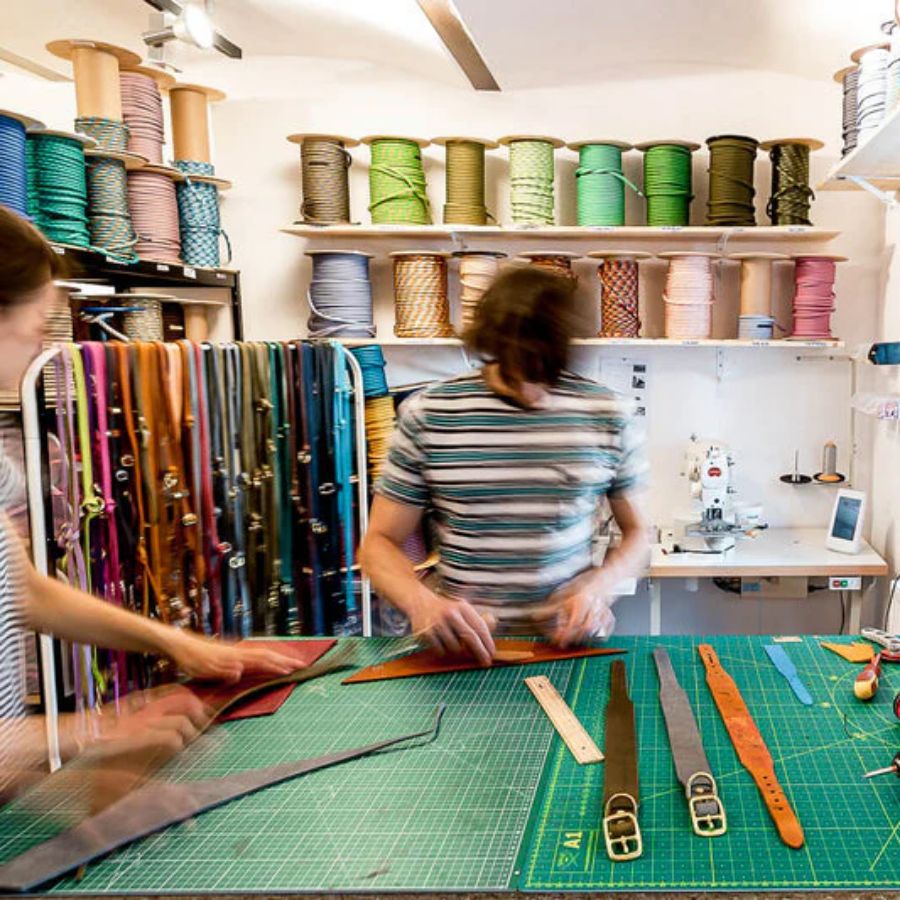
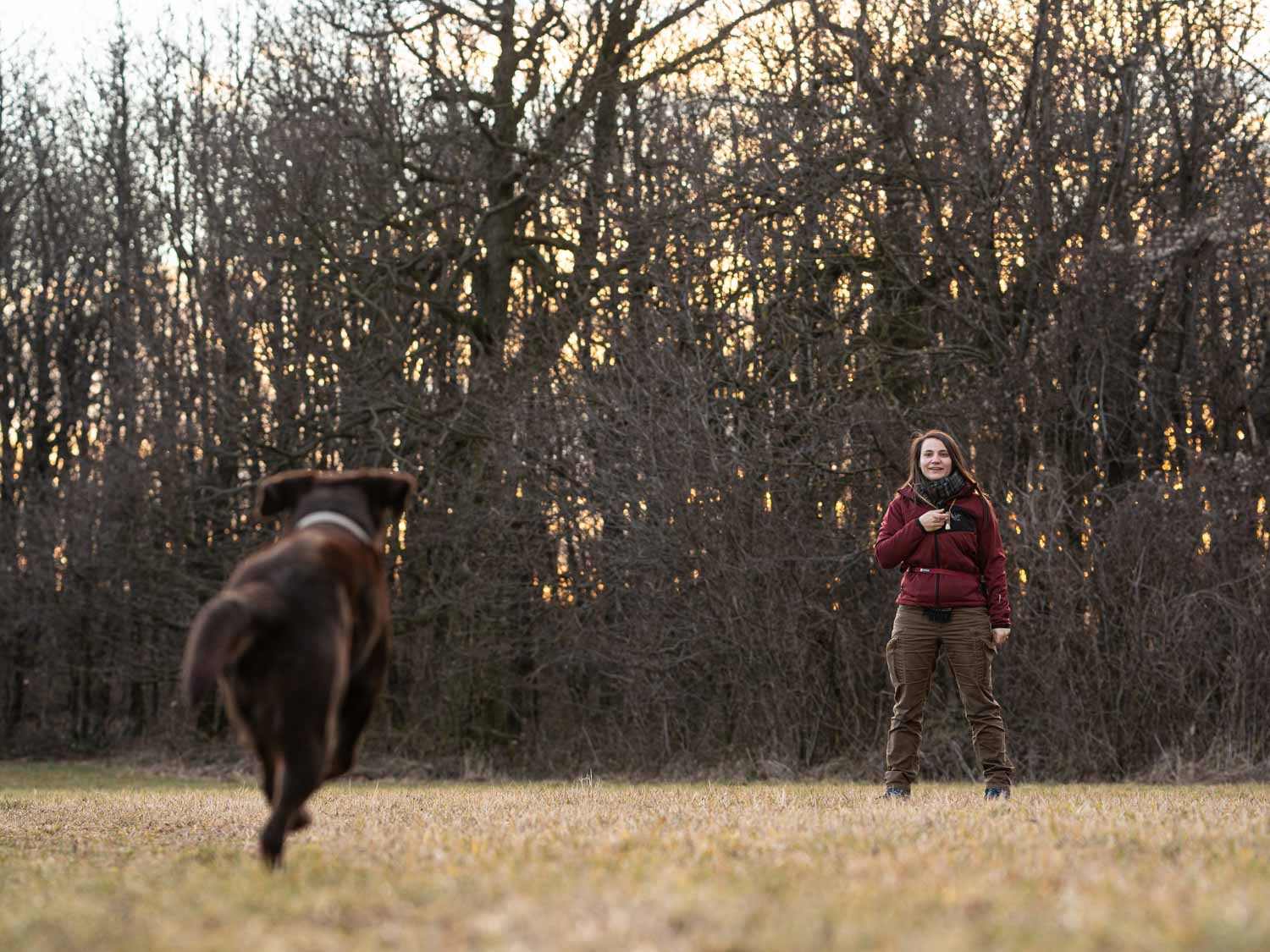
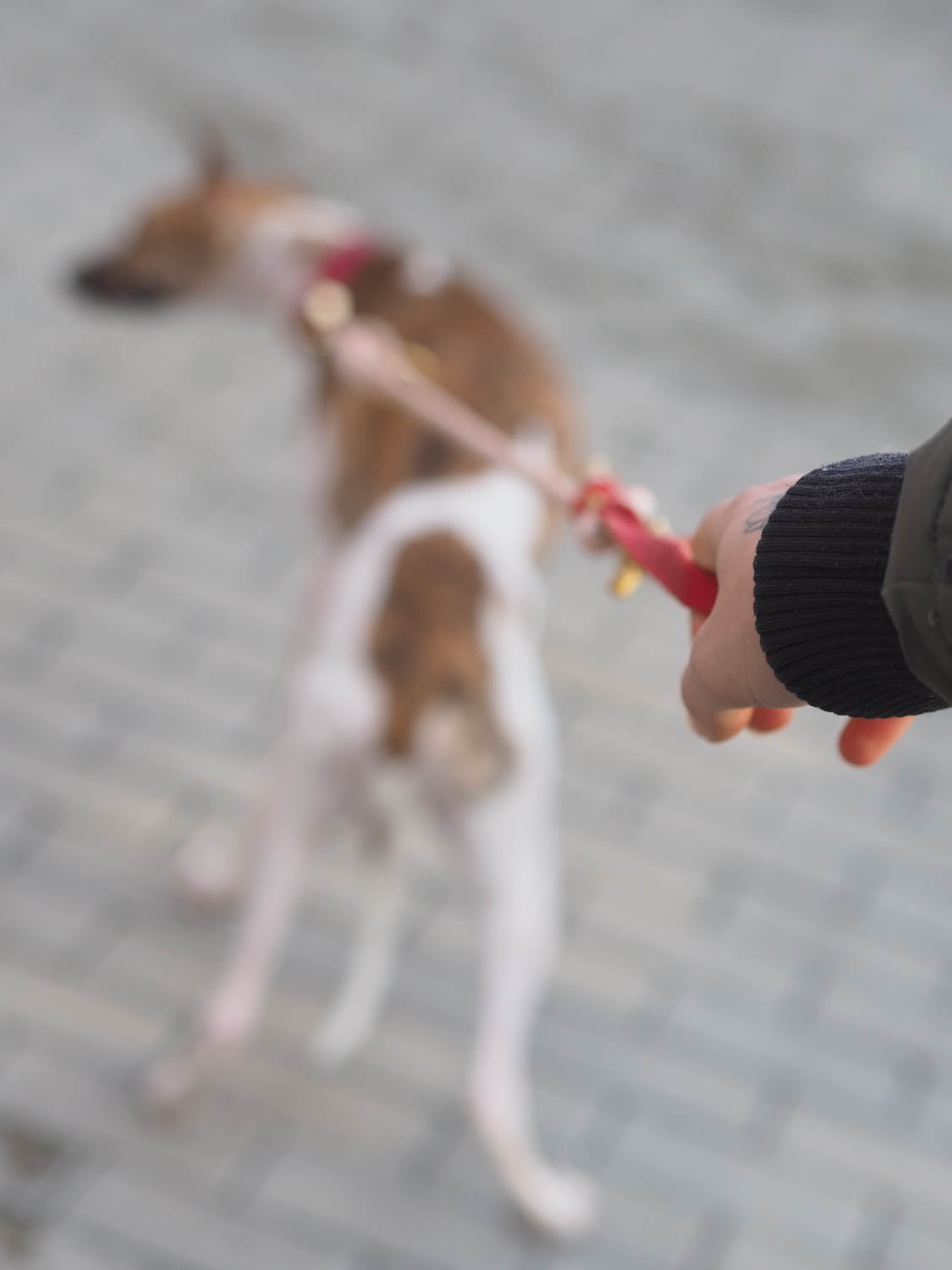
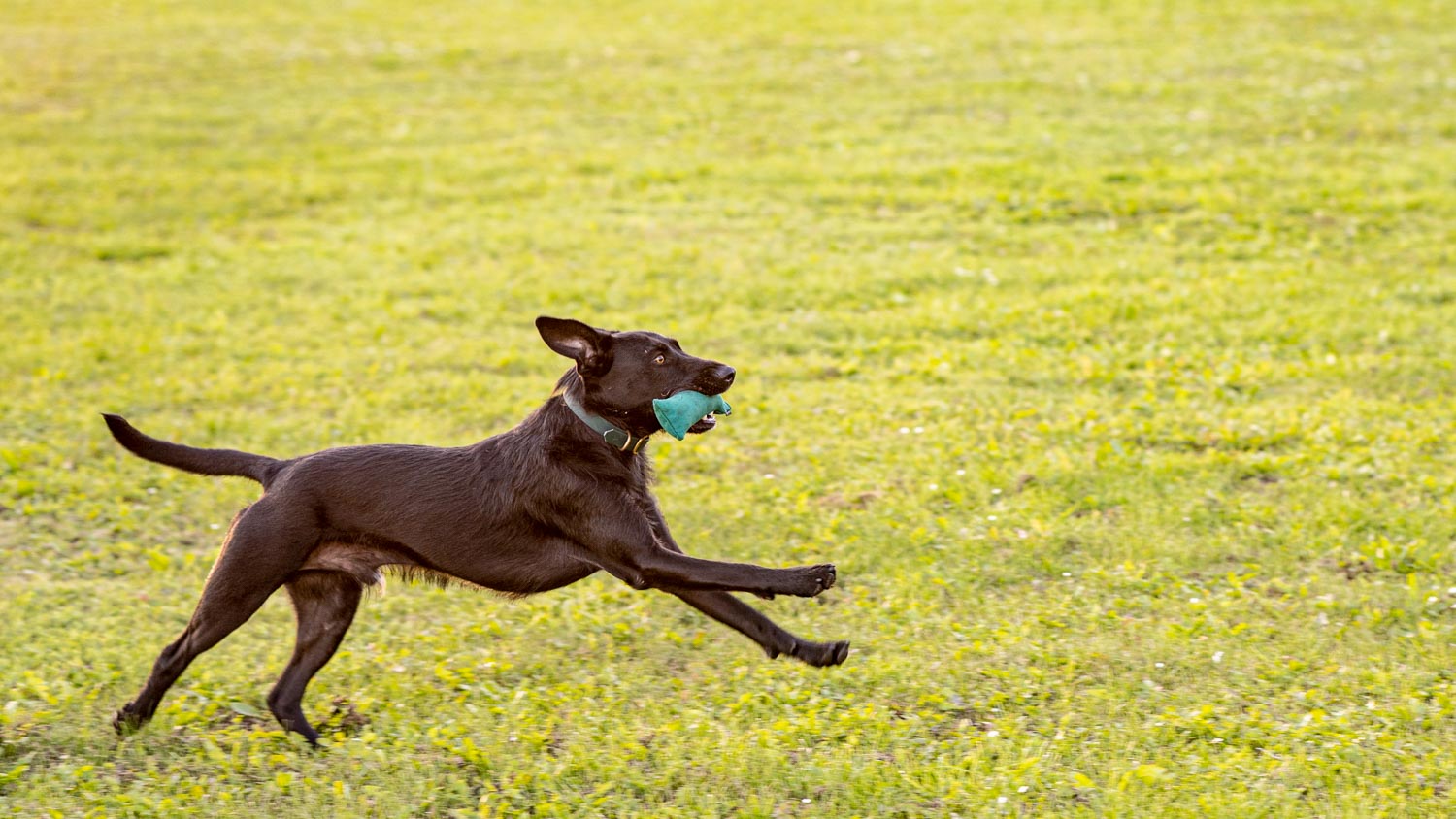
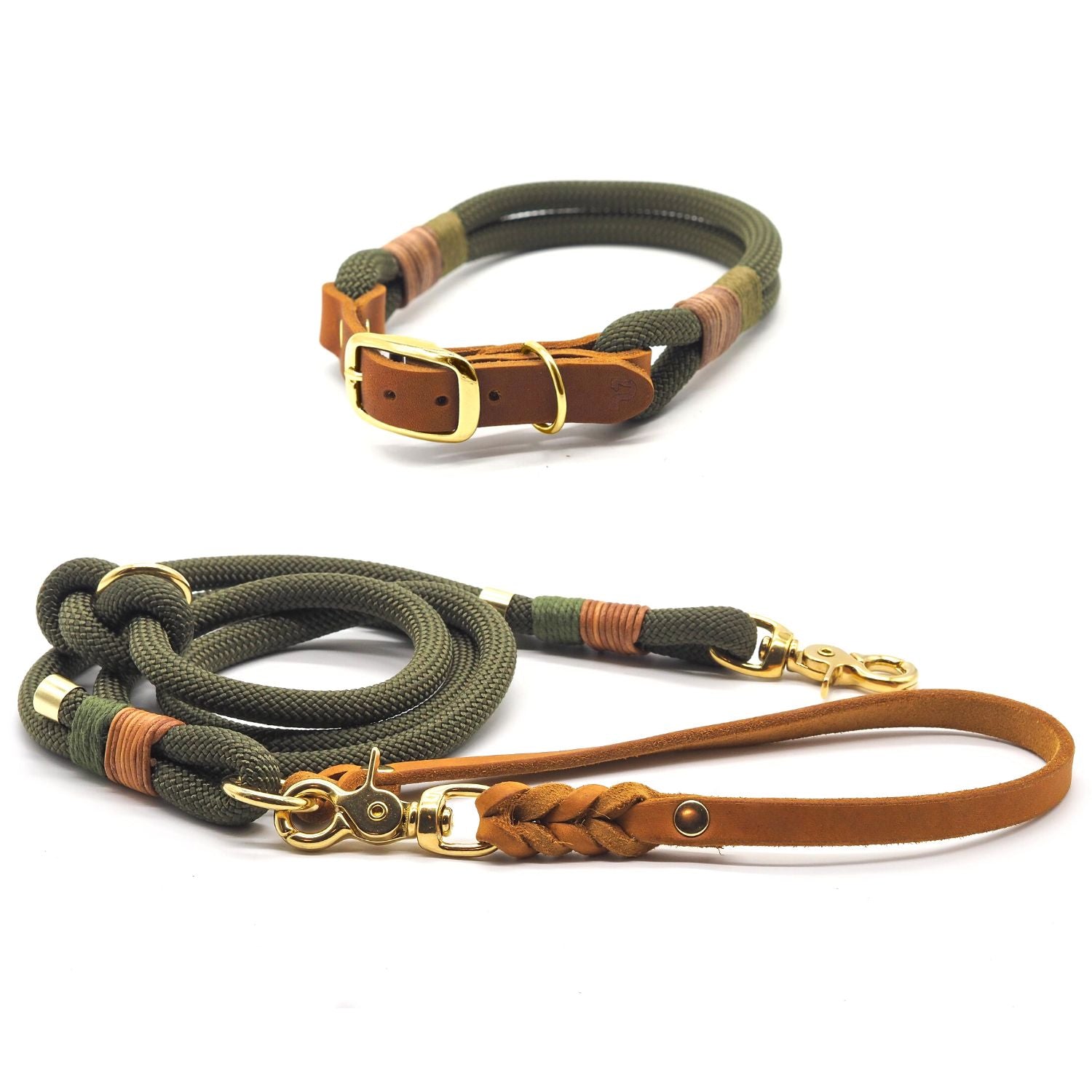
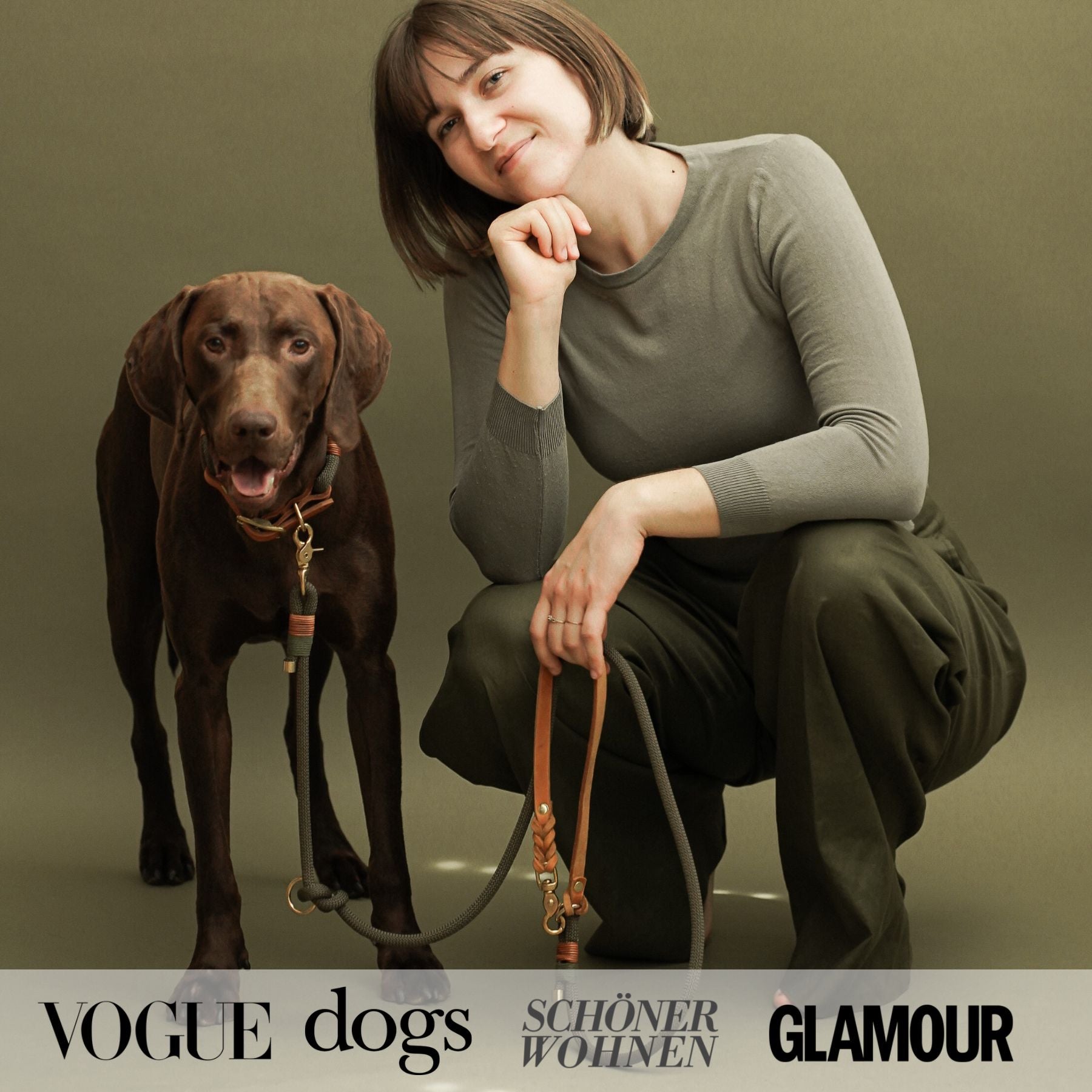
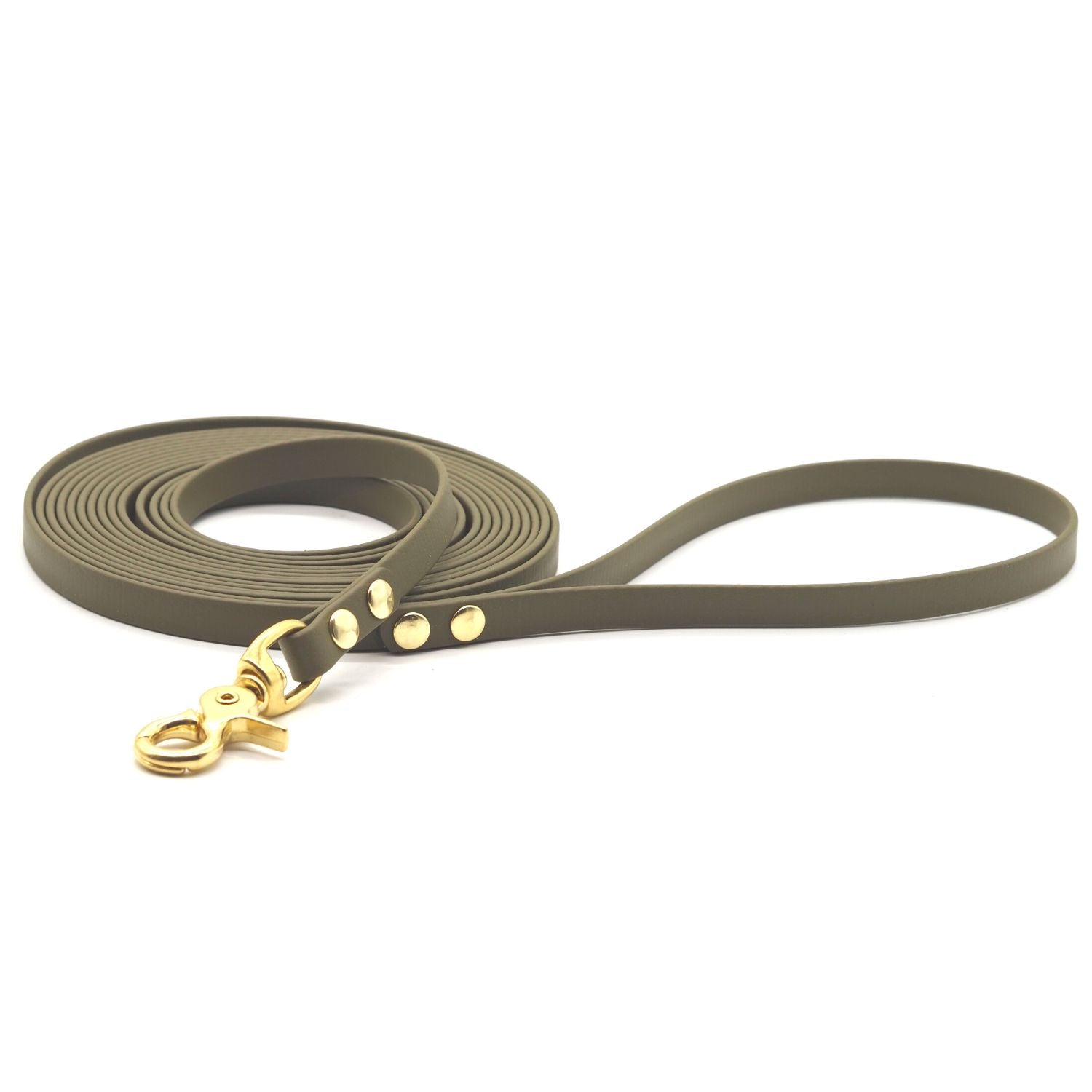
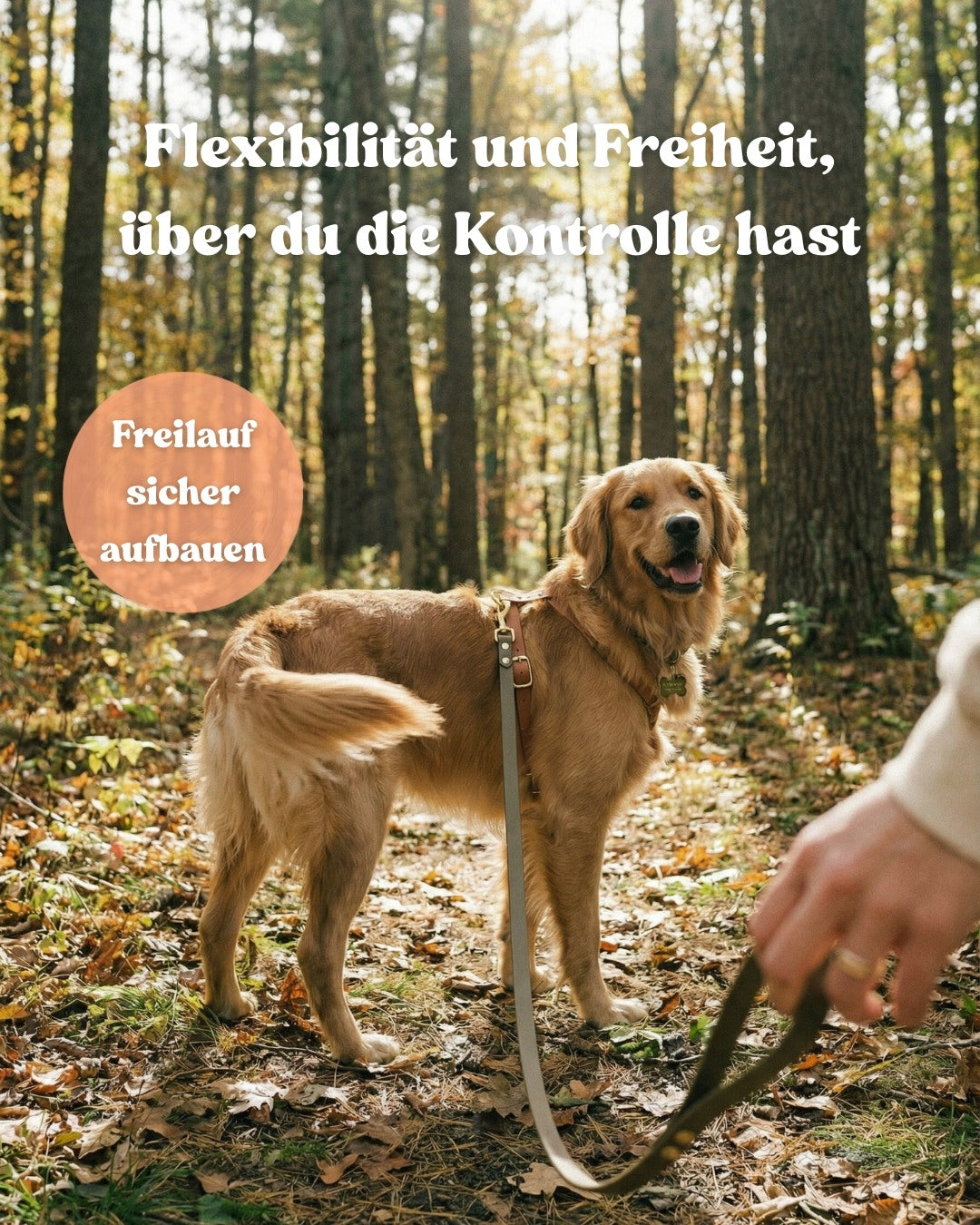
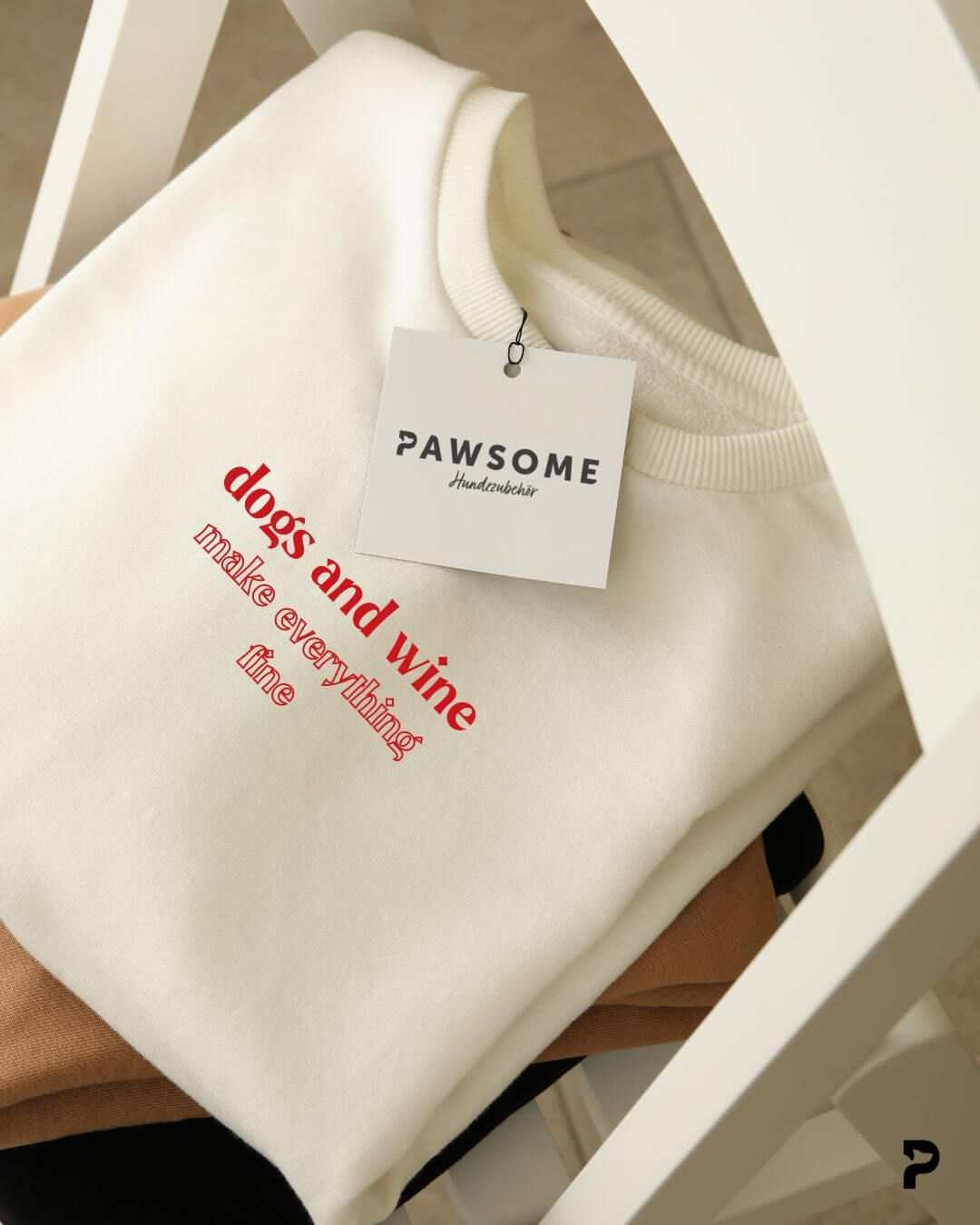
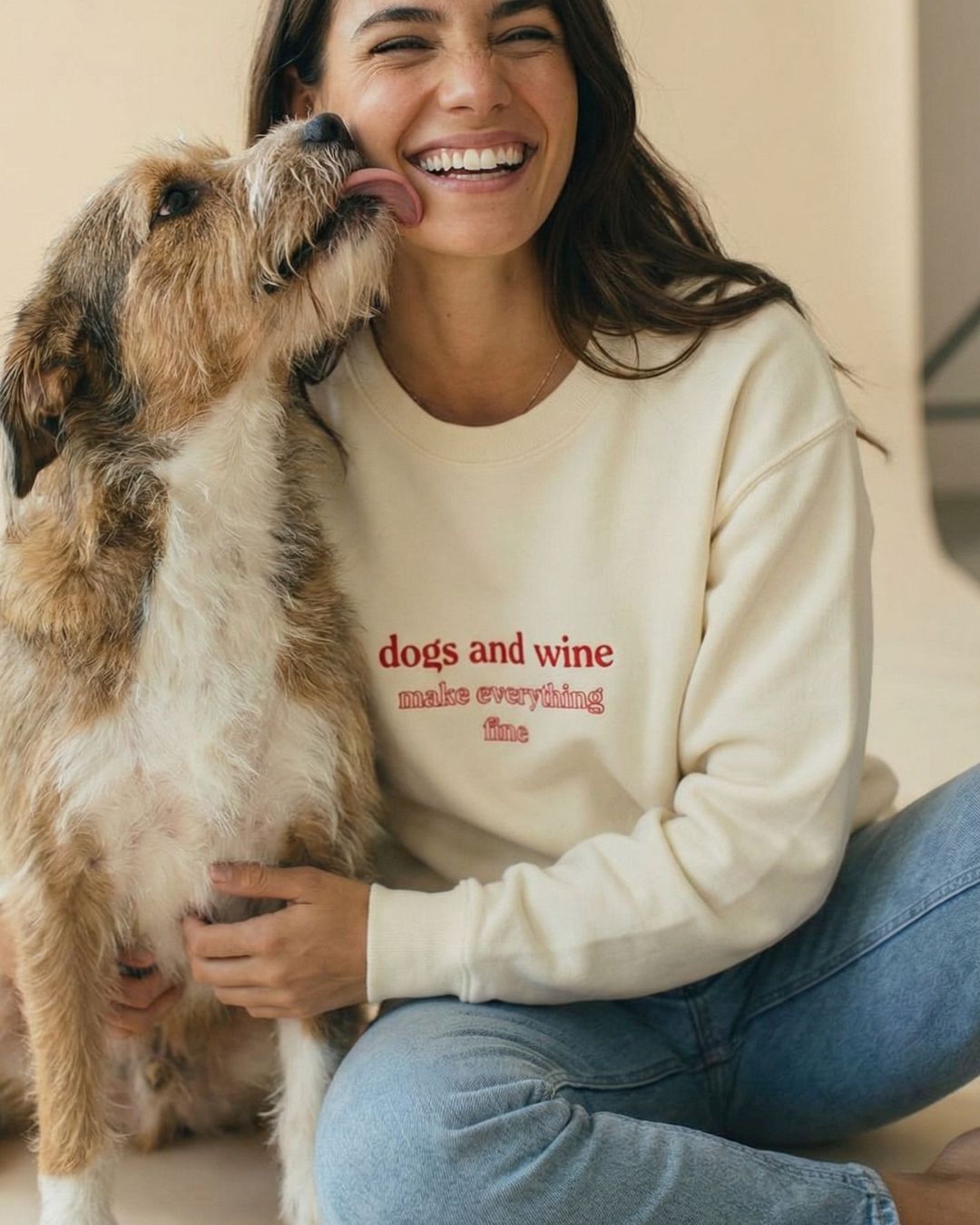
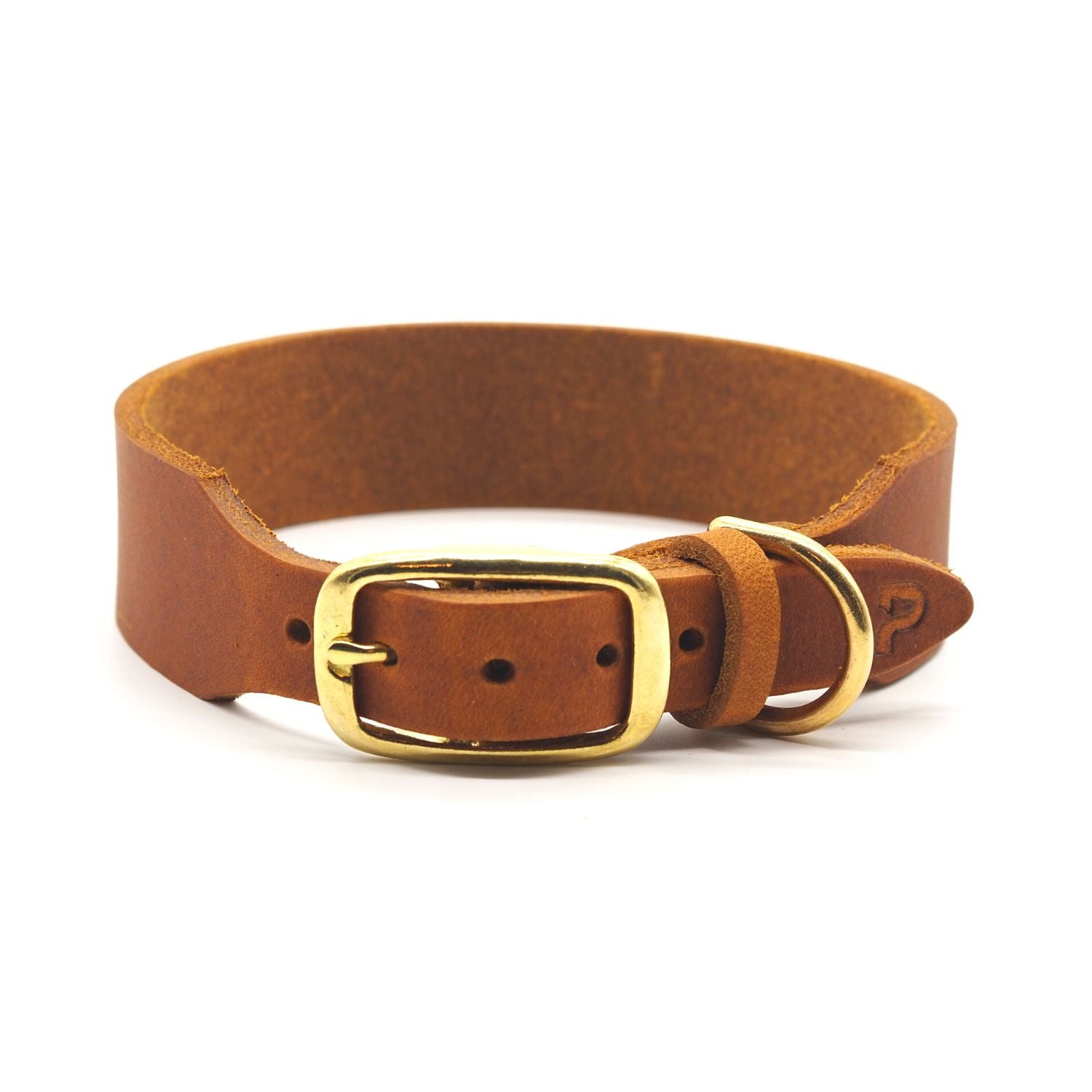
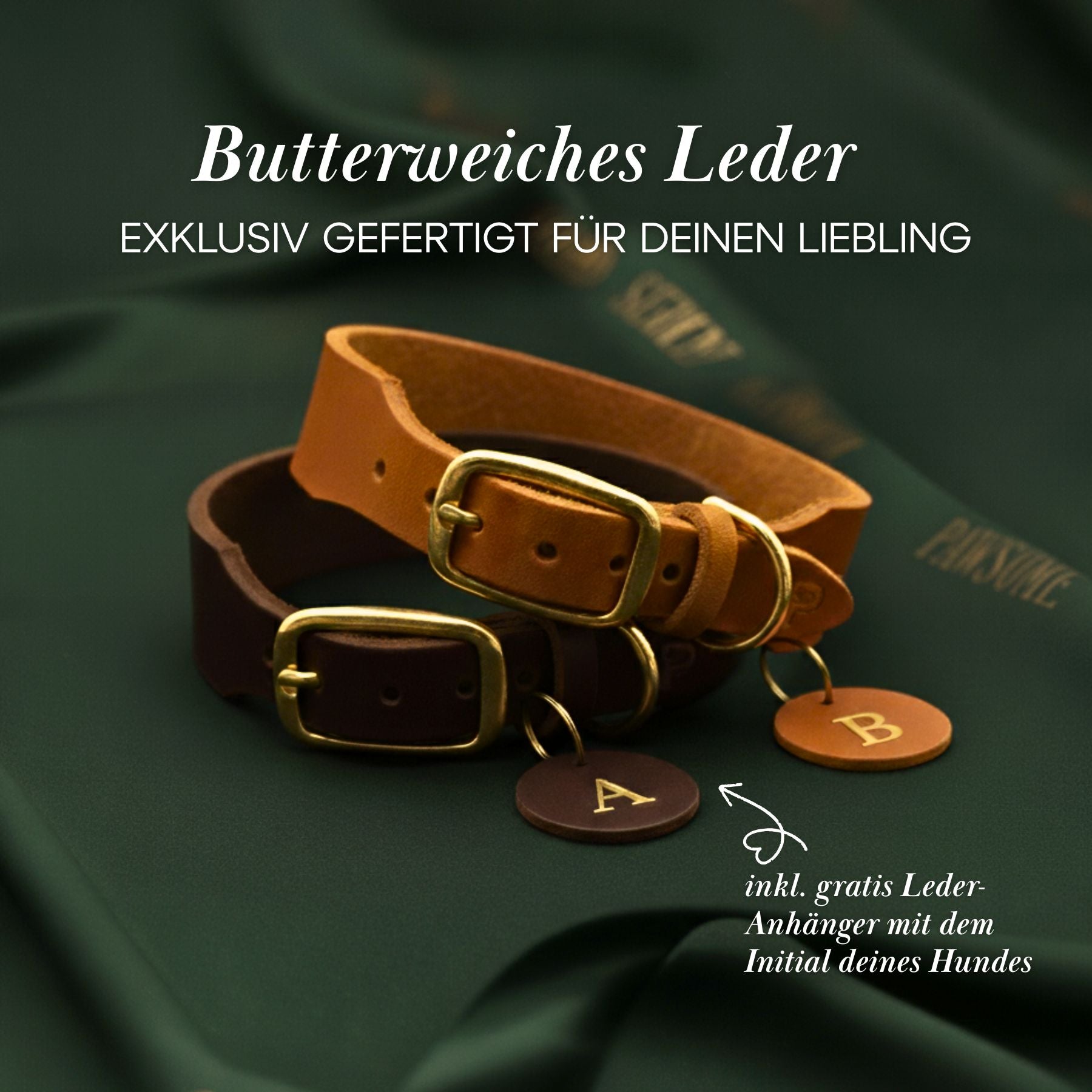
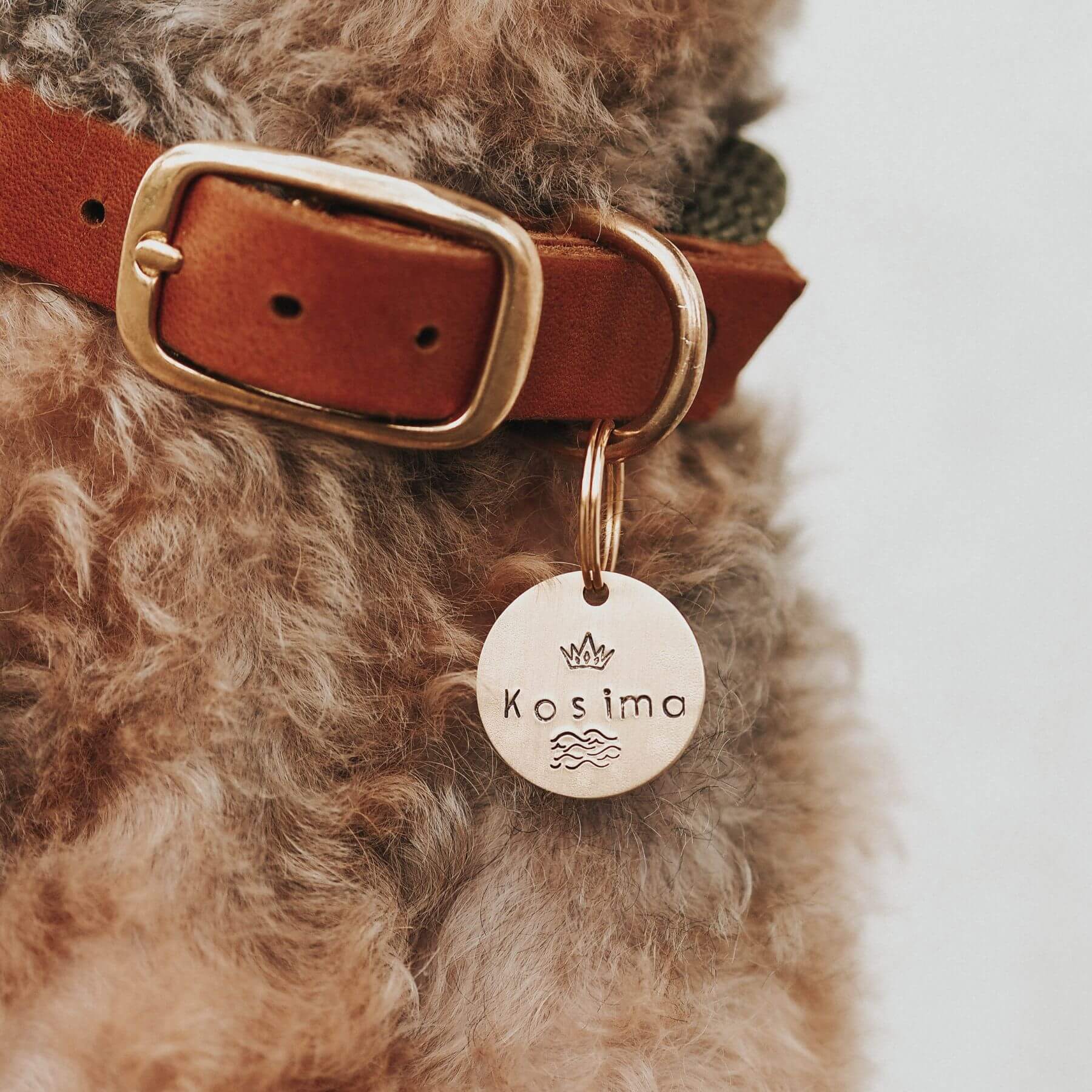
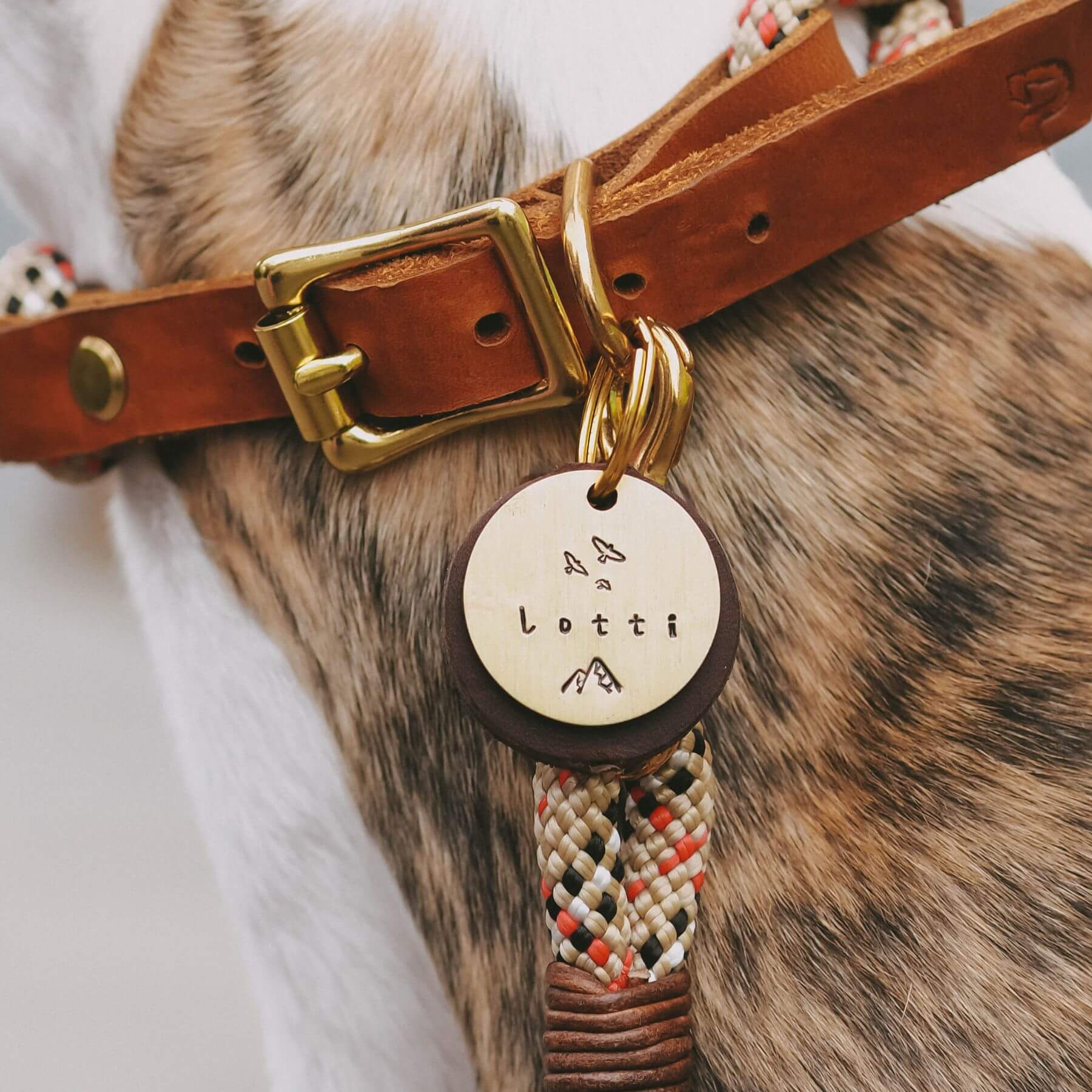


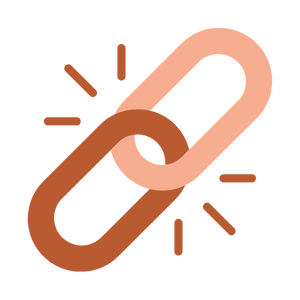

Leave a comment
All comments are moderated before being published.
This site is protected by hCaptcha and the hCaptcha Privacy Policy and Terms of Service apply.